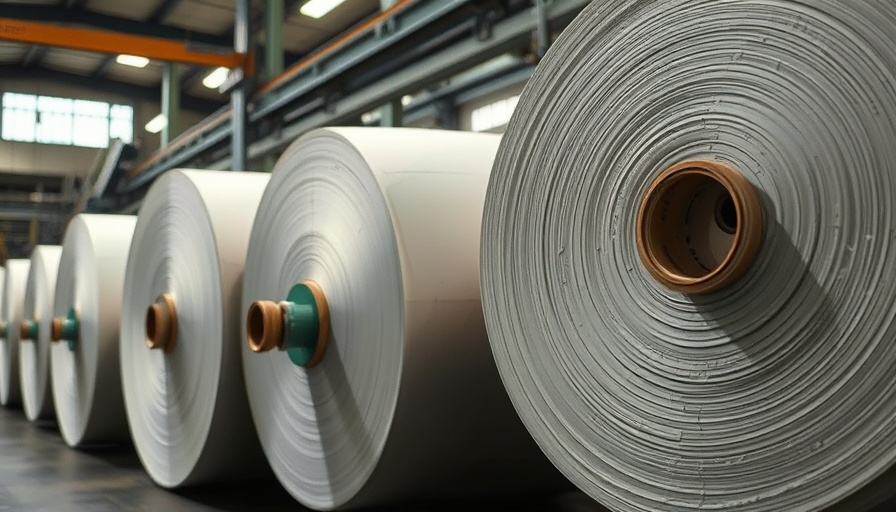
The Future of Carbon Capture Technology in Industry
With the rising global awareness of climate change and the urgent need for sustainability, carbon capture technology is emerging as a critical solution. Microsoft's recent deal to purchase 3.7 million metric tons of carbon removal credits from CO280 represents a significant step forward in integrating the pulp and paper industry into the carbon economy. This innovative project aims not just to mitigate emissions but to fundamentally change how production industries, such as pulp and paper, contribute to carbon neutrality. By 2030, Microsoft aims to be carbon-negative, a goal that arguably sets a precedent for tech companies and industries worldwide.
Understanding Microsoft's Commitment Through Partnerships
Microsoft's partnership with CO280 illustrates a robust business model where collaboration drives progress. The agreement ensures that substantial portions of carbon credits sold from the project will benefit the paper mills involved, thereby fostering economic incentives for all stakeholders. This kind of partnership reflects a new era of business, one where profits and environmental responsibility can go hand in hand.
The Role of Technology in Enhancing Carbon Capture
The technology behind carbon capture at CO280's facility utilizes a method known as the amine process, which has proven effective in isolating carbon dioxide typically released during paper manufacturing. By attaching carbon capture units to recovery boilers, this project highlights how traditional industries can adopt modern technological solutions to combat environmental challenges. As CEO Jonathan Rhone notes, this enhancement feels like a no-brainer, allowing the existing infrastructure to work smarter, not harder.
Economic Implications of Carbon Credits
At approximately $200 per metric ton, the carbon credits generated through this innovative project represent a new revenue stream for the pulp and paper industry. Moreover, under the Inflation Reduction Act, buyers gain access to tax credits that could mitigate the overall cost of carbon credits. This allows companies not only to contribute to carbon reduction but also to strengthen financial stability through sustainable practices.
The Environmental Impact and Future Projections
The environmental implications of this project are substantial. CO280's facility is projected to capture about 40% of the biogenic carbon dioxide emitted by the mill, with plans to double that capacity in subsequent phases. Such advancements not only help in mitigating some of the industry's carbon footprint but also set the stage for future developments in sustainable manufacturing. The industry, once criticized for its ecological impact, can pivot towards a greener model.
Global Tech News: A Shift in Corporate Responsibility
This deal is emblematic of a larger trend within the technology sector, highlighting a shift towards integrating sustainability into corporate strategy. As tech companies increasingly take responsibility for their environmental impact, similar projects will likely emerge across different sectors. This approach addresses a critical component of global tech news today—companies are not just focused on profits but on how sustainable practices can enhance their overall business model and reputation.
Create a Sustainable Future
The advancements captured in this Microsoft-CO280 deal align with global efforts to combat climate change. As individuals and corporations alike grapple with the implications of climate action, understanding these cutting-edge advancements in carbon capture and their potential to reshape industries is vital. By keeping informed and engaged with these developments, readers can contribute to discussions on sustainability and corporate responsibility.
 Add Row
Add Row  Add
Add 



Write A Comment